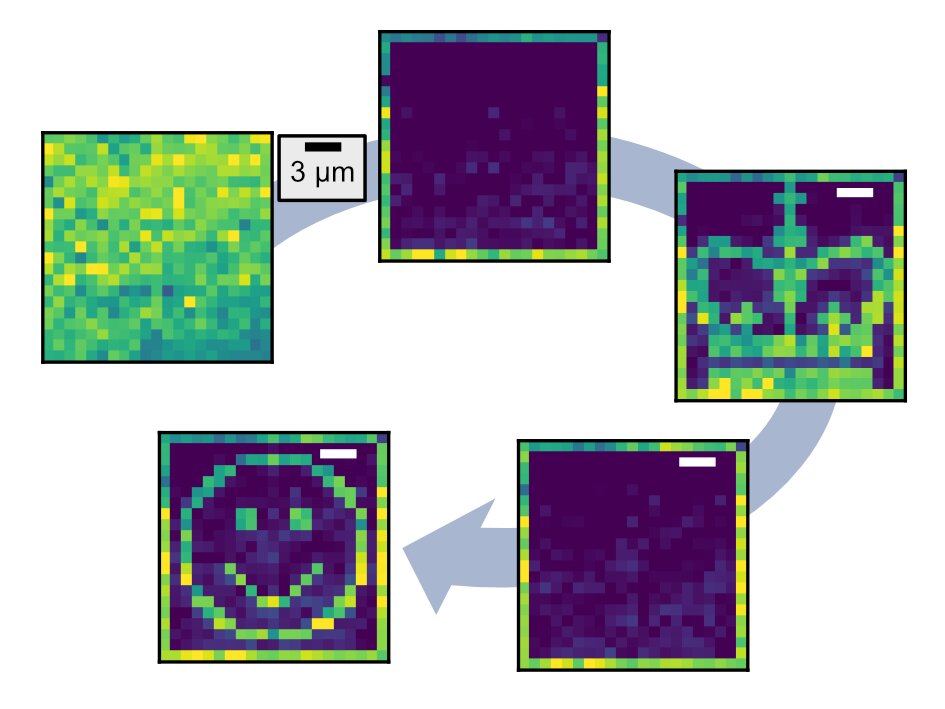In 2021, lanthanide-doped nanoparticles made waves—or rather, an avalanche—when Changwan Lee, then a Ph.D. student in Jim Schuck’s lab at Columbia Engineering, set off an extreme light-producing chain reaction from ultrasmall crystals developed at the Molecular Foundry at Berkeley Lab. Those same crystals are back again with a blink that can now be deliberately and indefinitely controlled.
“We’ve found the first fully photostable, fully photoswitchable nanoparticle—a holy grail of nanoprobe design,” said Schuck, associate professor of mechanical engineering.
This unique material was synthesized in the laboratories of Emory Chan and Bruce Cohen at the Molecular Foundry, Lawrence Berkeley National Laboratory as well as in a national lab in South Korea. The research team also included Yung Doug Suh’s lab at Ulsan National Institute of Science and Technology (UNIST).
Existing organic dyes and fluorescent proteins used in applications like optical memory, nanopatterning, and bioimaging have yielded years of breakthroughs (and garnered a Nobel Prize in Chemistry in 2014), but these molecules have limited lifespans. Upon illumination, most will begin blinking randomly and ultimately will go dark permanently, or “photobleach.”
In contrast, lanthanide-doped nanoparticles show remarkable photostability. In over 15 years of working with them in his lab, Schuck noted they’ve never seen one die. Until one random day in 2018 when Lee and Ph.D. student Emma Xu observed a crystal go dark, and then turn back on again. Lee dug into the literature and found 30-year-old mentions of lanthanide optical fibers that could be “photodarkened” and “photobrightened”—suggesting the blinking behavior could be controlled.
2023-05-31 21:00:04
Article from phys.org
